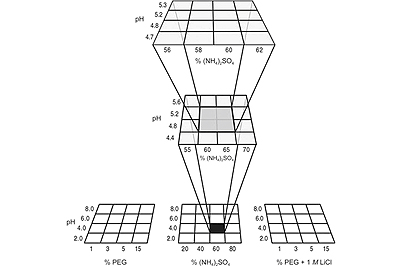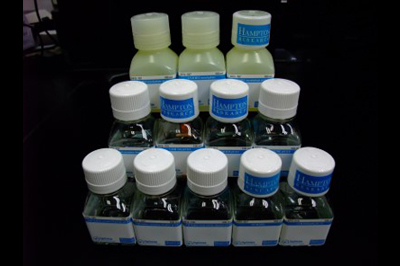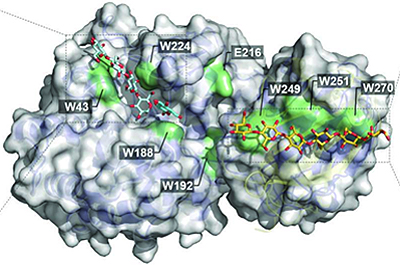
This facility utilizes an automatic liquid dispenser (Phoenix RE, RIGAKU) for sub-microliter scale crystallization screening to identify suitable conditions. This equipment is equipped with a micro-needle for rapid dispensing of protein samples and an additional 96 needles for rapid dispensing of crystallization conditions into the crystallization plate. Each plate can screen 96 conditions. In addition, this facility also provides crystallization plates and conditions for users to manually perform crystal screening.











